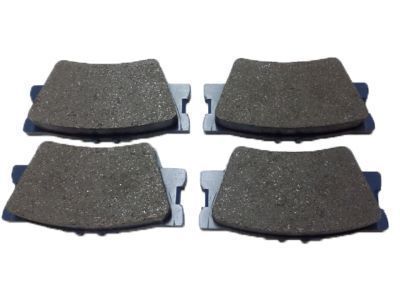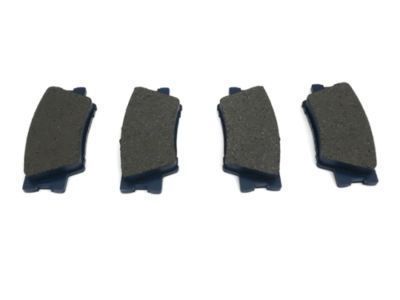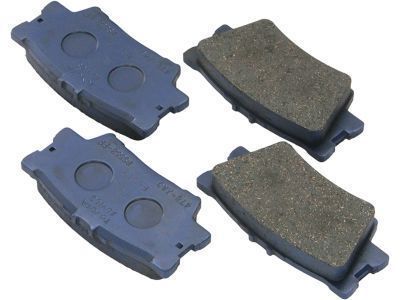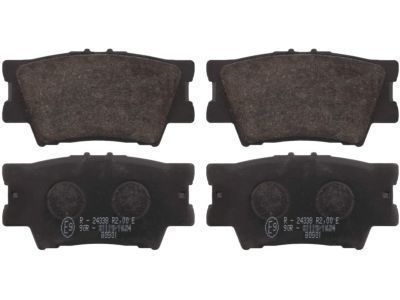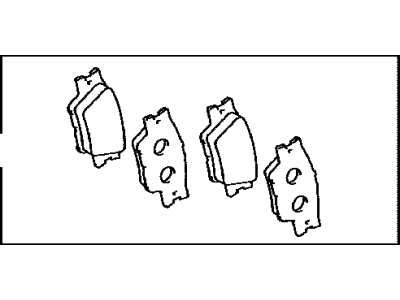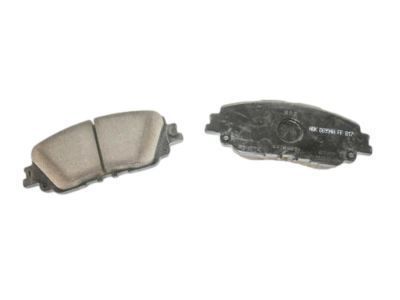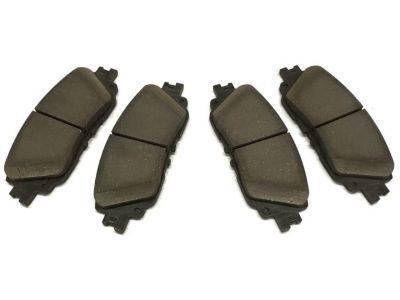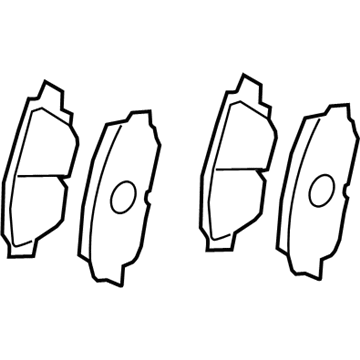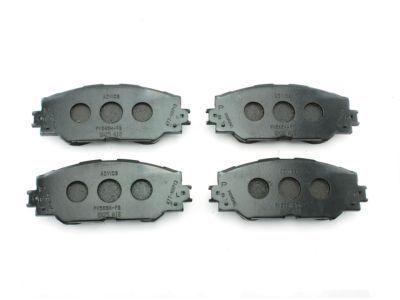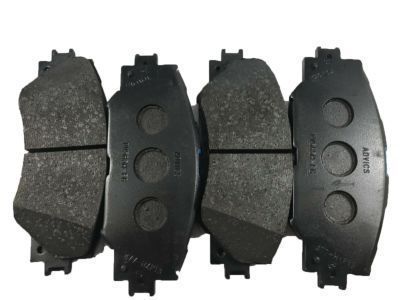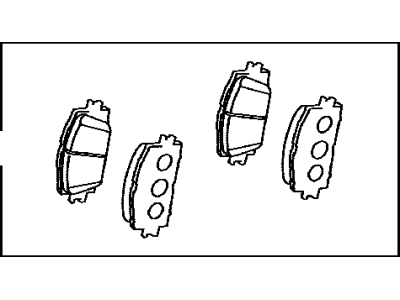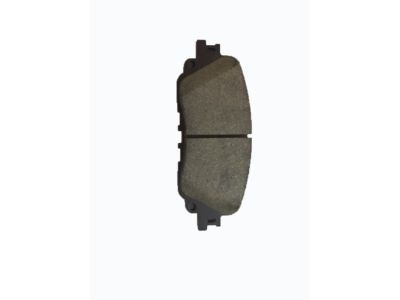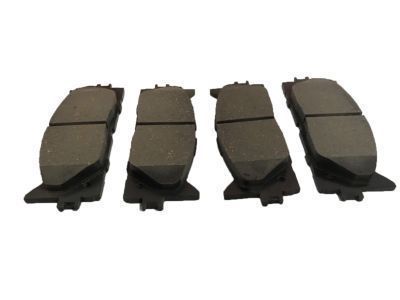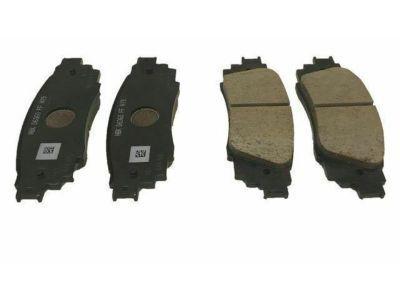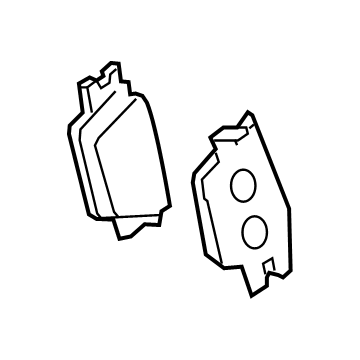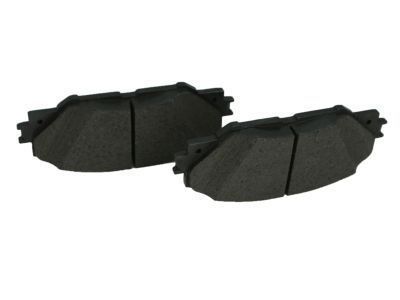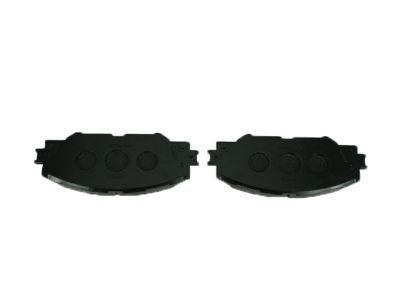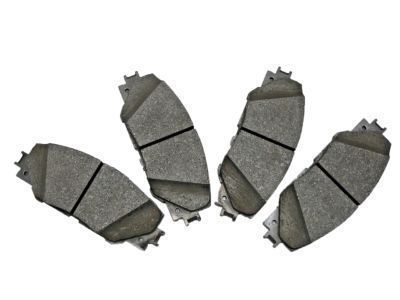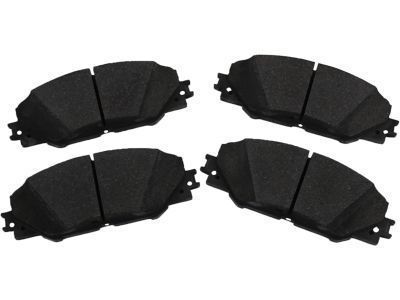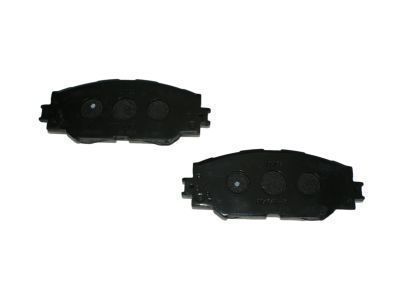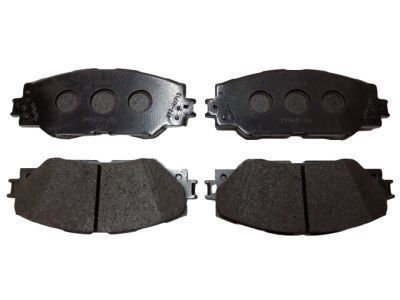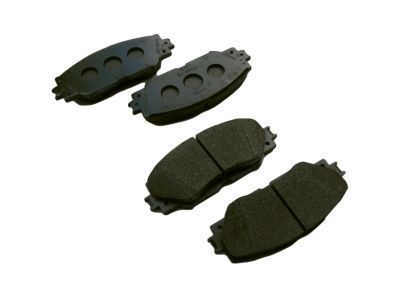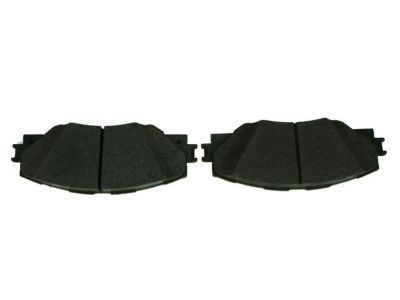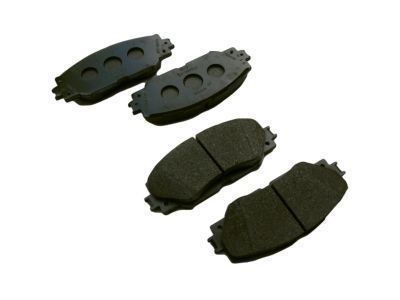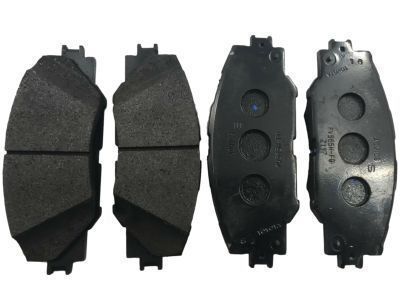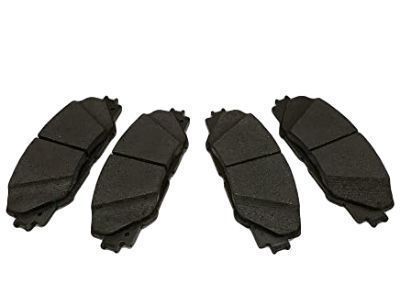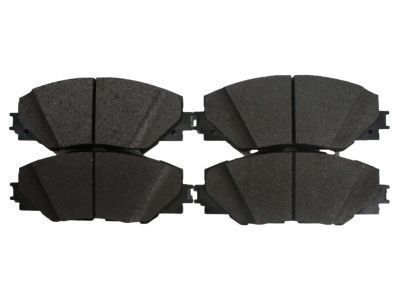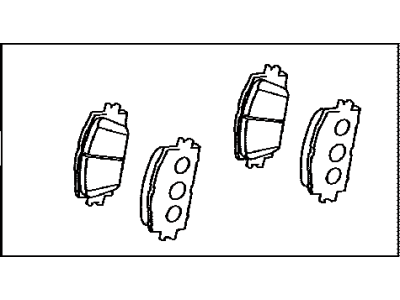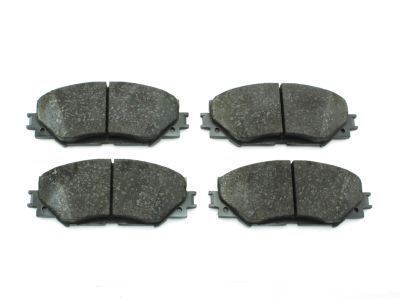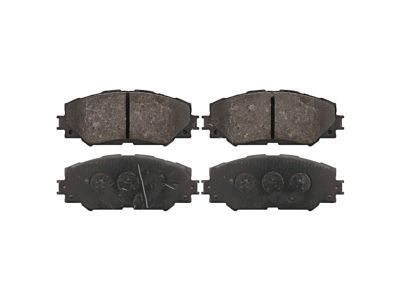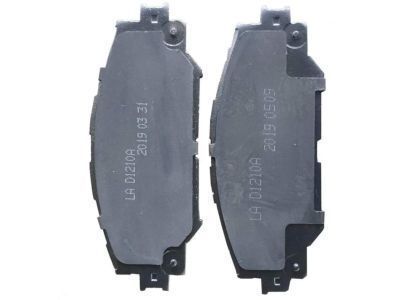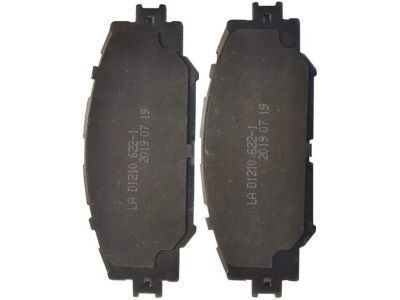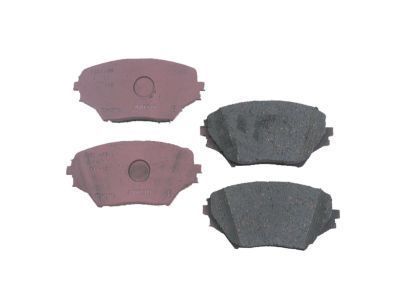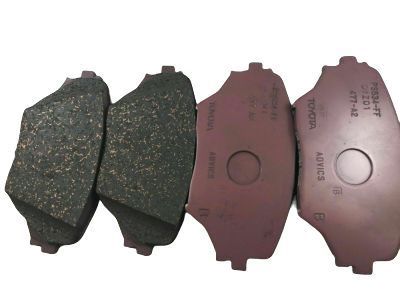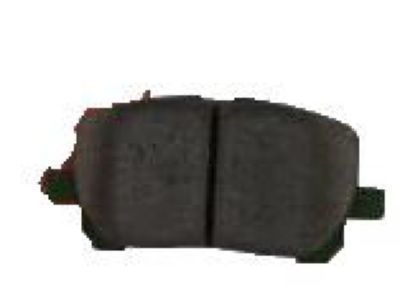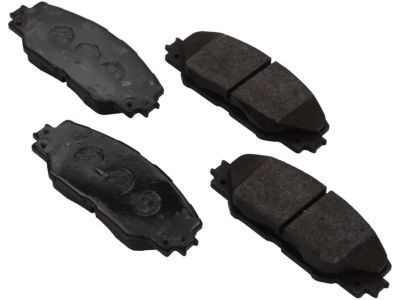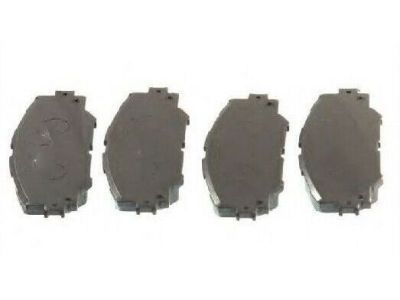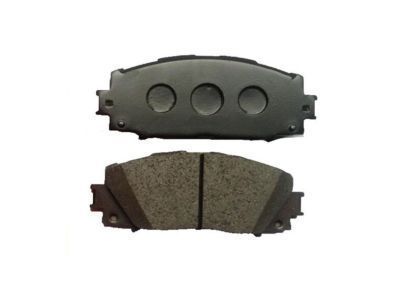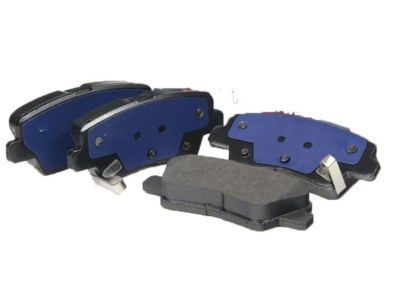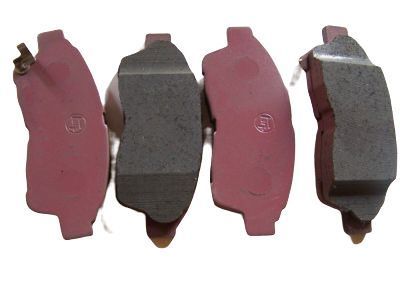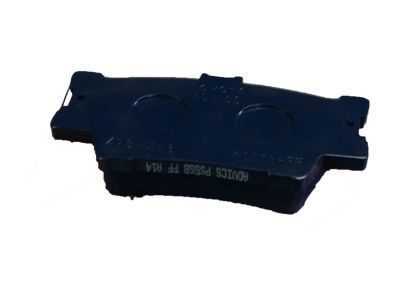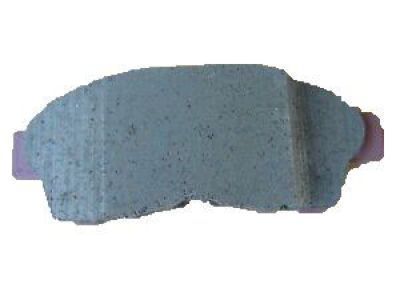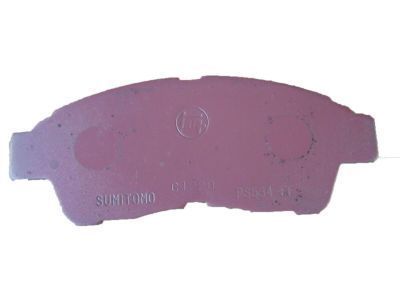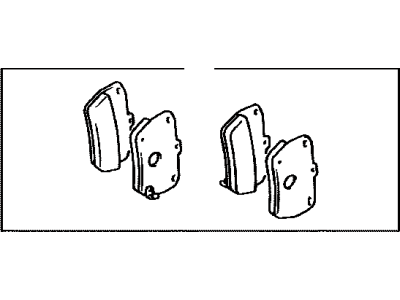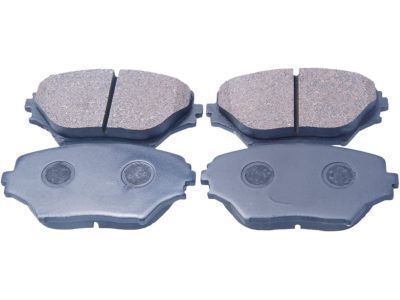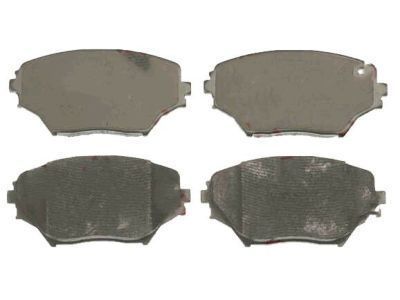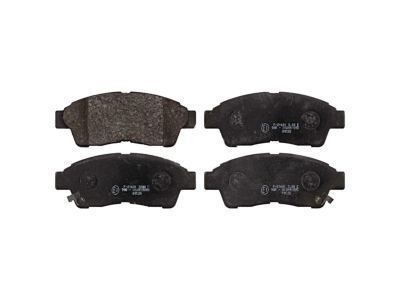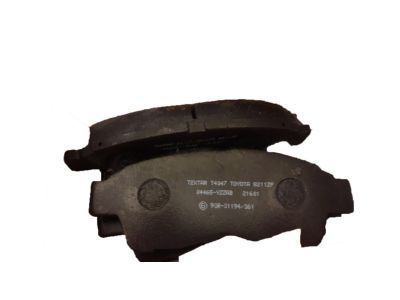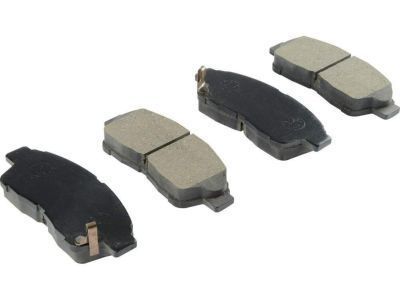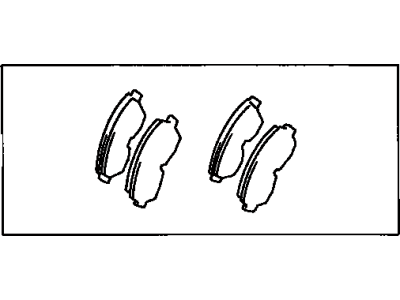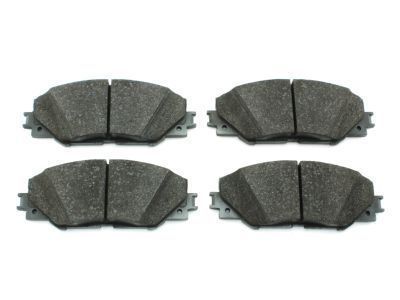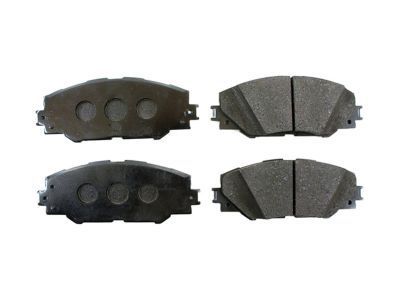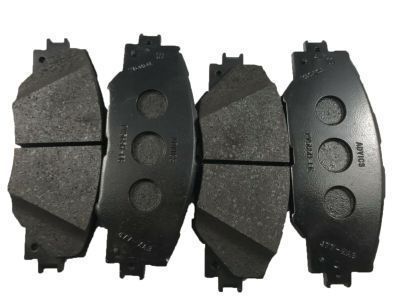

My Garage
My Account
Cart
Genuine Toyota RAV4 Brake Pad Set
Disc Brake Pad Set- Select Vehicle by Model
- Select Vehicle by VIN
Select Vehicle by Model
orMake
Model
Year
Select Vehicle by VIN
For the most accurate results, select vehicle by your VIN (Vehicle Identification Number).
22 Brake Pad Sets found
Toyota RAV4 Rear Disc Brake Pad Kit
Part Number: 04466-42060$53.55 MSRP: $78.00You Save: $24.45 (32%)Ships in 1-3 Business DaysToyota RAV4 Disc Brake Pad Kit
Part Number: 04465-0E060$74.93 MSRP: $104.50You Save: $29.57 (29%)Ships in 1-3 Business DaysToyota RAV4 Front Disc Brake Pad Kit
Part Number: 04465-42200$74.93 MSRP: $104.50You Save: $29.57 (29%)Ships in 1-3 Business DaysToyota RAV4 Disc Brake Pad Kit
Part Number: 04465-33480$74.93 MSRP: $104.50You Save: $29.57 (29%)Ships in 1-2 Business DaysToyota RAV4 Disc Brake Pad Kit
Part Number: 04466-02380$51.77 MSRP: $72.00You Save: $20.23 (29%)Ships in 1-3 Business DaysToyota RAV4 Front Disc Brake Pad Set
Part Number: 04465-02230$74.93 MSRP: $104.50You Save: $29.57 (29%)Ships in 1-3 Business DaysToyota RAV4 Front Disc Brake Pad Kit
Part Number: 04465-0R010$78.10 MSRP: $110.11You Save: $32.01 (30%)Ships in 1-3 Business DaysToyota RAV4 Front Disc Brake Pad Kit
Part Number: 04465-0R031$74.93 MSRP: $104.50You Save: $29.57 (29%)Ships in 1-3 Business DaysToyota RAV4 Front Disc Brake Pad Kit
Part Number: 04465-42160$74.93 MSRP: $104.50You Save: $29.57 (29%)Ships in 1-3 Business DaysToyota RAV4 Front Disc Brake Pad Kit
Part Number: 04465-42130$75.74 MSRP: $105.63You Save: $29.89 (29%)Ships in 1 Business DayToyota RAV4 Front Disc Brake Pad Set
Part Number: 04465-42150$87.43 MSRP: $123.24You Save: $35.81 (30%)Ships in 1 Business DayToyota RAV4 Front Disc Brake Pad Set
Part Number: 04465-42060$75.74 MSRP: $105.63You Save: $29.89 (29%)Ships in 1-2 Business DaysToyota RAV4 Rear Disc Brake Pad Kit
Part Number: 04466-42050$56.99 MSRP: $79.27You Save: $22.28 (29%)Ships in 1-2 Business DaysToyota RAV4 Front Disc Brake Pad Kit
Part Number: 04465-42071$75.74 MSRP: $105.63You Save: $29.89 (29%)Ships in 1-3 Business DaysToyota RAV4 Front Disc Brake Pad Set
Part Number: 04465-42011$75.74 MSRP: $105.63You Save: $29.89 (29%)Ships in 1-3 Business DaysToyota RAV4 Front Disc Brake Pad Set
Part Number: 04465-42012$75.74 MSRP: $105.63You Save: $29.89 (29%)Ships in 1-3 Business DaysToyota RAV4 Disc Brake Pad Kit
Part Number: 04466-42080$56.99 MSRP: $79.27You Save: $22.28 (29%)Ships in 1-3 Business DaysToyota RAV4 Front Disc Brake Pad Set
Part Number: 04465-42041$54.97 MSRP: $76.76You Save: $21.79 (29%)Ships in 1-3 Business DaysToyota RAV4 Front Disc Brake Pad Set
Part Number: 04465-42070$75.74 MSRP: $105.63You Save: $29.89 (29%)Ships in 1-3 Business DaysToyota RAV4 Front Disc Brake Pad Set
Part Number: 04465-42180$74.93 MSRP: $104.50You Save: $29.57 (29%)
| Page 1 of 2 |Next >
1-20 of 22 Results
Toyota RAV4 Brake Pad Set
If you are in demand for superior quality and affordable OEM Toyota RAV4 Brake Pad Set, then shop with us! We own a wide range of the reduced-priced genuine Toyota RAV4 Brake Pad Set. You can purchase in confidence as all parts come with a manufacturer's warranty. Any issues with our products? No need to worry as we have a hassle-free return policy to guide you every step of the way.
Toyota RAV4 Brake Pad Set Parts Questions & Experts Answers
- Q: How to replace the Brake Pad Set on a Toyota Rav4?A:First, unscrew the cap of the brake fluid container; thereafter, deflate the tire under examination, free the wheel lug nuts and jack up the car while securing it on jackstands while placing blocks beneath the wheels at the opposite corner. Move on to the removal of the wheels, which has to be done for one brake assembly at a time, and if required, use the assembled brake to keep yourself in check. Check the condition of the Brake Disc and or if it has been machined or replaced, then pulling the disc out comes with the pads. To make room for the new brake pads, push the piston back into the bore by applying pressure with a C-clamp so that the master cylinder does not spill its fluid; drain some if necessary. Cleaning brake before the dismantling is advised using brake cleaner, and then perform the removal procedure of the caliper by unscrewing the lower bolt at the tightening point of the sliding pin next to the lower bolt and followed by the upper bolt. Pull the caliper away from the brake pads and, to maintain the flexing in the flexible brake hose, park it to the side; then, diconnect the outer and inner brake pad with its brake pad support plates. Apply grease to the support plates and/caliper guide pins, fit the new brake pads to the caliper mounting bracket and tighten the caliper mounting bolts to the recommended torque value. Make sure the mounting bolts are tight when you recenter the caliper and after you are done with the job, engage the brake several times to have the pads touching the disc. Ensure the brake fluid level is correct and add if not, then exercising a large amount of caution properly check the brakes before getting the vehicle back into general use. For rear disc brakes, clean the brakes with brake cleaner, retract the piston into its bore with the help of a C-clamp and make sure that the fluid spilling over. While unscrewing the upper caliper bolt but retaining the pin, turn the caliper at the lower pin, and suspend it from wire to reach the brake pads. Take out the brake pads and its clips, then lubricate the contact area and fit new 'brake pads' and tighten the 'caliper mounting bolts' to the stipulated torque. After reinstalling the caliper perform firmly depressed the brake pedal, check the fluid level and ensure correct operating of the brake before normal running.
Related Toyota RAV4 Parts
Browse by Year
2024 Brake Pad Set 2023 Brake Pad Set 2022 Brake Pad Set 2021 Brake Pad Set 2020 Brake Pad Set 2019 Brake Pad Set 2018 Brake Pad Set 2017 Brake Pad Set 2016 Brake Pad Set 2015 Brake Pad Set 2014 Brake Pad Set 2013 Brake Pad Set 2012 Brake Pad Set 2011 Brake Pad Set 2010 Brake Pad Set 2009 Brake Pad Set 2008 Brake Pad Set 2007 Brake Pad Set 2006 Brake Pad Set 2005 Brake Pad Set 2004 Brake Pad Set 2003 Brake Pad Set 2002 Brake Pad Set 2001 Brake Pad Set 2000 Brake Pad Set 1999 Brake Pad Set 1998 Brake Pad Set 1997 Brake Pad Set 1996 Brake Pad Set
